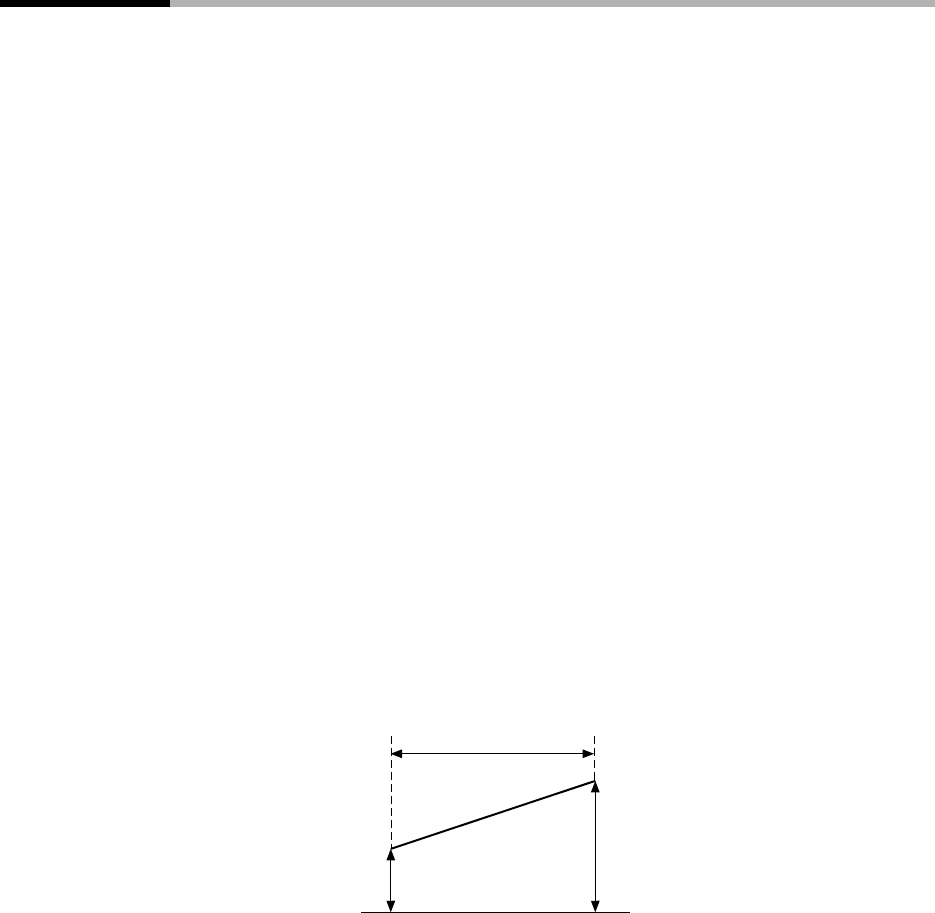Clock Radio User Manual
Table Of Contents
- CP-UM-5093E-04.pdf
- SAFETY PRECAUTIONS
- Contents
- Chapter 1. GENERAL
- Chapter 2. NAMES & FUNCTIONS OF PARTS
- Chapter 3. MOUNTING
- Chapter 4. WIRING
- 4-1 Wiring Precautions
- 4-2 Compensating Lead
- 4-3 Terminal Connections
- 4-4 Layout of Terminals and Recommended Lead Draw-out Direction
- 4-5 Connecting the Ground and Power Supply
- 4-6 Wiring of Standard and Add-on Terminal Base
- 4-7 Connecting Inputs (analog inputs)
- 4-8 Connecting control outputs (outputs 1, 2)
- 4-9 Connecting auxiliary outputs (outputs 2, 3)
- 4-10 Connecting Event Output (relay output)
- 4-11 Connecting Time Event Output (open-collector)
- 4-12 Connecting External Switch (RSW) Input
- 4-13 Connecting for Communications
- 4-14 Isolating Inputs and Outputs
- Chapter 5. FUNCTIONS
- Chapter 6. OPERATION
- Chapter 7. PARAMETER SETUP
- Chapter 8. PROGRAM SETUP
- Chapter 9. TROUBLESHOOTING
- Chapter 10. SPECIFICATIONS
- Chapter 11. CALIBRATION
- Index

Chapter 5. FUNCTIONS
5-2
5-2 Program Patterns
■ Patterns
SP and time comprise the settings for a single segment in a pattern. Up to 30 segments
can be linked to create a broken-line whose vertical axis is SP and horizontal axis is time.
This system is called the “RAMP-X” system.
SP setting: Within range of SP limitter upper and lower limits
Timesetting: 0 to 99h, 59min or 0 to 99min, 59s
(Select the time unit in setup data C 6 4.)
SP is the point that corresponds to the time elapsed in the current segment on a straight
line made by jointing the start point (SP setting value of the previous segment) to an end
point (SP setting value of the current segment).
Accordingly, segments are categorized as follows:
• Rising ramp (rising ramp, rising tendency)
Previous segment SP setting value < current segment SP setting value
• Falling ramp (falling ramp, falling tendency)
Previous segment SP setting value > current segment SP setting value
• Soak (soak)
Previous segment SP setting value = current segment SP setting value
In the case of the No.1 segment, both the start and end points become the soak segment of
the No.1 segment SP setting values.
SP (other than No.1 segment) is calculated as by the following formula:
SP = (current segment SP setting value - previous segment SP setting value) x (current
segment elapsed time ÷ current segment time setting) + previous segment SP set-
ting
Time setting of current segment
SP setting value of
current segment
SP setting value of
previous segment










